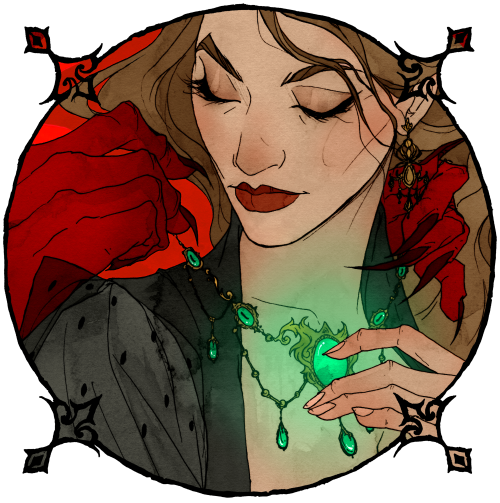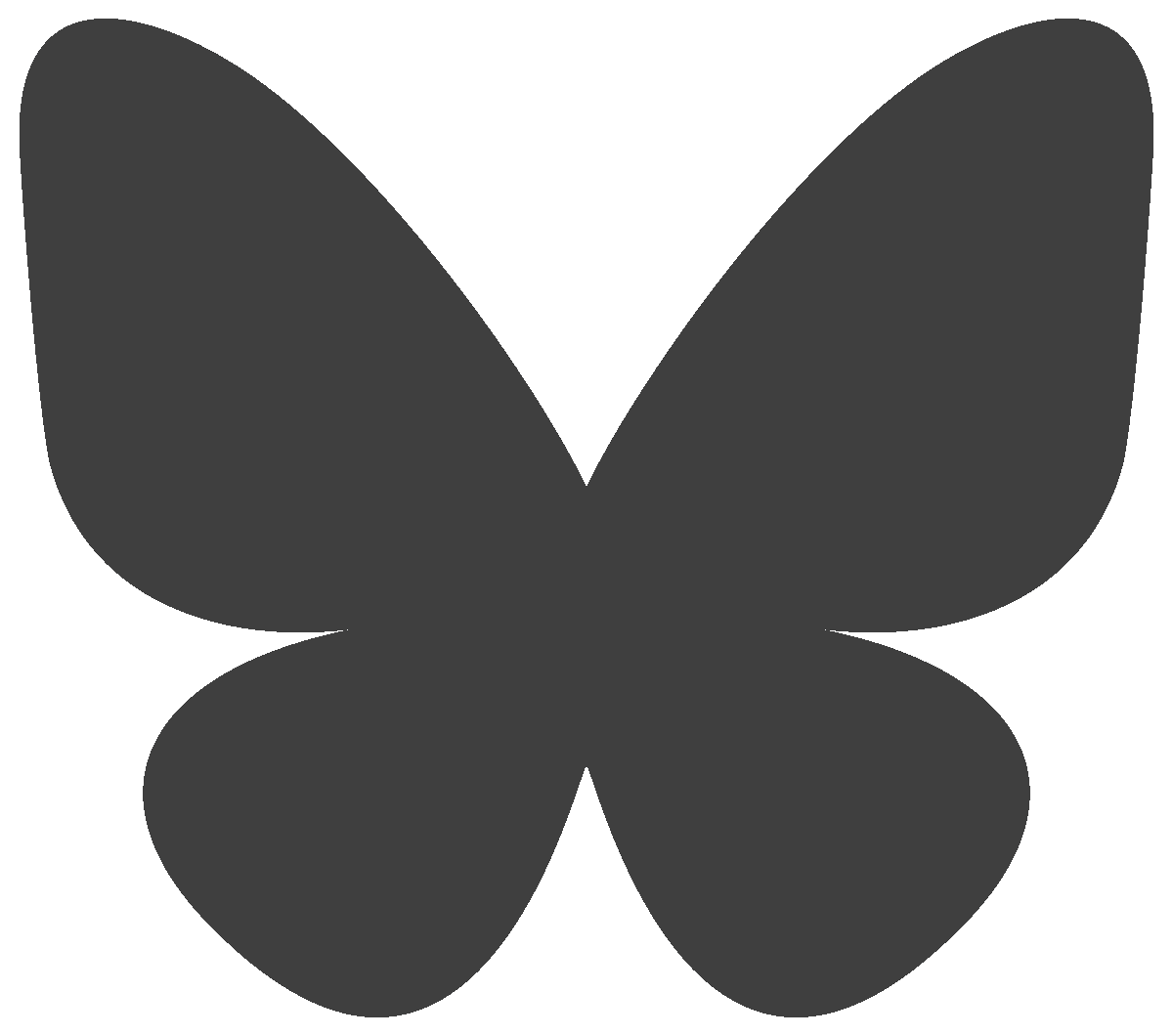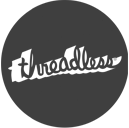FAQ
What tools do you use?
I use Canson paper with a Rotring 600 mechanical pencil, I ink with Sakura Micron pens (005 – 02), and I paint on Arches hot press watercolor paper with Winsor & Newton watercolors. I use Photoshop and my Cintiq Pro to complete all of my illustrations digitally.

Can I use your illustrations for a tattoo?
Absolutely! There’s no need to ask my permission, but I love seeing pics of the tattoos once they’re done.
Can I buy one of your originals?
I do sometimes sell my original ink wash sheets! If you’re interested in a particular piece, please email me
Can I share/repost your art on my social media?
Yes! As long as it’s personal use and I’m credited, feel free to share my work wherever you want.
Can I use your illustrations in my school project?
Yes you may! I allow free use of all of my illustrations for educational purposes, as well as non-profit events. If you’re not sure, just send me an email and we’ll sort it out.

Did you go to art school?
Yes, I received my BFA from Virginia Commonwealth University in 2010.

Where do you get inspiration from?
Everything! I’m inspired every day by other artists (past and present), books, history, shows, anything that’s strange and interesting to me – lots of classical gothic literature, old myths, urban legends, and all sorts of fairytales. I’m inspired by music, movies, art, and the natural world. Most of all, I try to find beauty in the frightening and grotesque, and explore dark romance in my work.
How did you develop your style?
It’s taken me about a decade to really define my style, and it still changes slightly over time. I started out practicing from Golden Age masters like Arthur Rackham and Edmund Dulac, but I studied tons of other painters, illustrators, designers, sculptors, and animators to figure out what I liked. I started teaching myself to draw early on from how-to-draw books. In college I took classical drawing and painting courses to learn the basics of anatomy, perspective, composition, design, color theory, etc. and after college, I started deconstructing what I’d learned and tried to draw in a stylistic way. I wasn’t always successful. I experimented with ink, watercolor, acrylic, and digital media. The style I have today is an amalgamation of everything I’ve learned from the beginning, and lots of studying and experimenting. And I’m still learning new techniques.
Is it hard to make a career as an illustrator?
Being a freelance illustrator really is my dream job, but I can’t sugarcoat the fact that it does come with its challenges. It takes time, patience and dedication to develop your own unique style and build a portfolio, and even more time and patience to find clients and jobs. Artists who are successful today still have to work constantly to keep their portfolios up to date and stay visible on social media for future clients to see. Your work follows you everywhere, and you have to keep your eyes open for the next project. But having a career doing what you love is worth it. It does take time, and obstacles will fall in your path along the way, but if you can create unique art, share it, and send your portfolio to potential clients, it can develop into a very rewarding career.
How long have you been an illustrator?
I started freelancing in 2010, during my last year of college. I was only doing private commissions for the first couple of years, but 2010 is when I had my first gallery show (at the Poe Museum in Richmond VA) and my first published work, Sarah Faire and the House at the End of the World came out in 2011.
Do you have a tutorial?
I’ve published two tutorials, one with Clip Studio Paint, and another with ImagineFX Magazine, with details on my techniques and process.
Do you get artist’s block?
How do you get past it?
I definitely get artist’s block. I struggle with it several times a year, and it can last a few days or even weeks. It’s difficult to be creative constantly, every single day. But it’s important to take a step away from your work once in a while, switch gears, and try something new. I like to read, watch a show, go visit a gallery or museum, or just do chores and run errands for a while to unwind until I find my way back to my work.

What advice would you give an aspiring illustrator?
- Make art you love, and make it for yourself, first – not to fit a certain popular brand or genre.
- Practice daily – not just drawing, but observing and studying as well. (If you want to get into comics – study your favorite comics! If you want to get into concept art for film, grab the art books of your favorite movies and study them!)
- Attend portfolio reviews and workshops, and reach out to other artists and industry professionals.
- Make a list of the publishers and companies you want to work with, along with their contact information to send them samples of your work.
- Keep an open mind. Don’t limit your inspiration to today’s popular artists – study the masters, research their influences, and learn from them as well.
- Have patience with your work and yourself. Being creative can be exhausting, and many artists put a lot of pressure on themselves to perform their best all the time, and that can lead to burnout. Take your time to learn the skills, and take breaks when you start to feel overwhelmed.
- Most importantly: use your creativity to say something you think is worth saying, and tell a story worth telling.
For more information on Abigail, check out these articles:
• Fluevog • Art Side of Life • RVA Mag • Clip Studio • ImagineFX •





